Colorado Neutrino Group
Faculty : Post-Docs :- Zachary Liptak
- Jeremy Lopez
- Yoshikazu Nagai
- Scott Johnson
- Andrew Missert
- Brant Rumberger
- Tianlu Yuan
- Robert Johnson
- Stephen Coleman
- Martin Tzanov
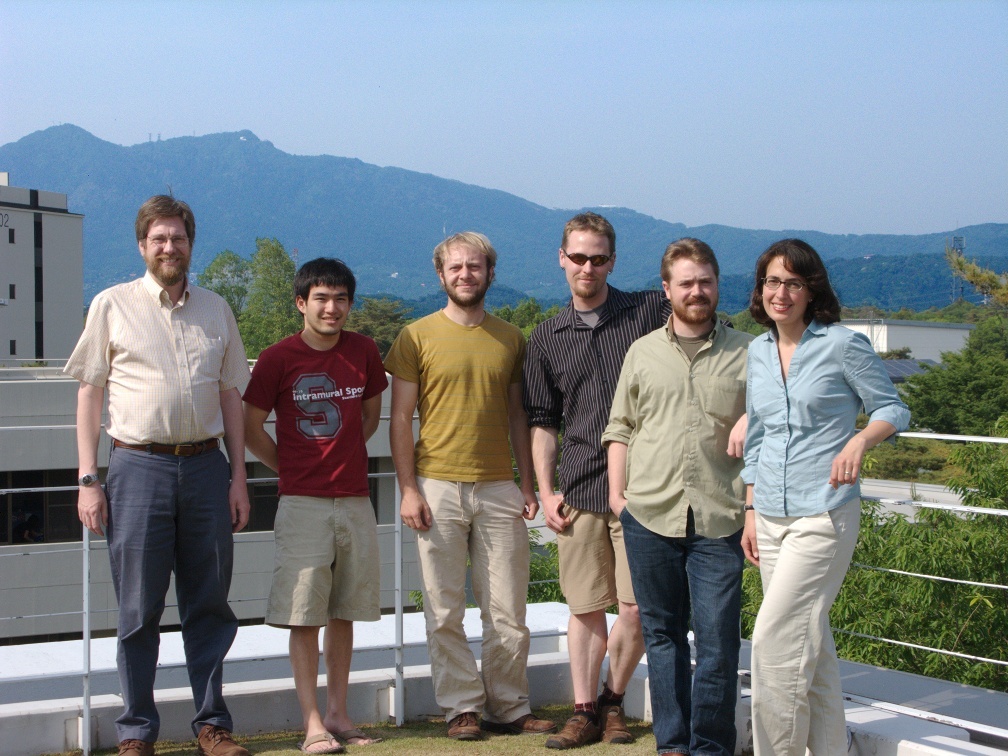
T2K Colorado
Welcome to the home page for the T2K experiment at Colorado. T2K is a neutrino oscillation experiment under construction in Japan. It will study a beam of neutrinos, produced at J-PARC (near Tokai, 100 km northeast of Tokyo), and see how the neutrinos have changed when they reach the Super-Kamiokande detector, 295 km away in the Kamioka mine.T2K will start taking data in the spring of 2009.
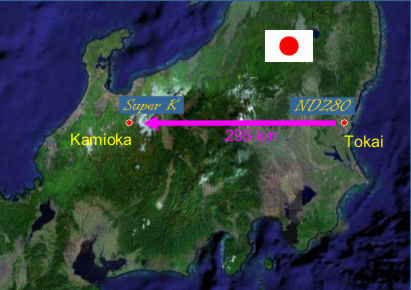
What are neutrinos?
Neutrinos are tiny fundamental particles in the Standard Model of Particles and Interactions. Like quarks and leptons, they are one of the basic building blocks of nature. They have no electric charge and very tiny masses, allowing them to travel very close to the speed of light. Since they only interact via the weak force, they can easily travel through large amounts of material (like the Earth). Though they are very difficult to detect, they are produced abundantly in nature. Every second hundreds of billions of neutrinos from the core of the Sun travel through your thumbnail.
Neutrinos come in three flavors: electron neutrinos, muon neutrinos and tau neutrinos. There is now compelling evidence (from neutrino experiments such as Super-Kamiokande, KamLAND, and SNO) that neutrinos that are produced in one flavor can change into another flavor. The most-favored mechanism for this flavor change requires neutrinos to have non-zero masses that are different for the different neutrino flavors. The probability of measuring a neutrino in any particular flavour state varies with the energy of the neutrino and the distance that is has travelled. It also depends on three mixing angles and the three differences between the neutrino masses.
The T2K Project
The primary goal of the T2K experiment is to study neutrino flavor changes as the neutrinos travel 295 km through the Earth from the village of Tokai on the east coast of Japan to the Kamioka Zinc Mine, near the west coast of Japan. The beam of neutrinos, which turned on in 2009, is primarily muon neutrinos when it is produced. Approximately 280 m from the start of the neutrino beamline, they will pass through a near detector where the initial composition of the beam will be measured. At Kamioka, the Super-Kamiokande detector will be used to look for the disappearance of muon-flavor neutrinos and the appearance of electron-flavor neutrinos.
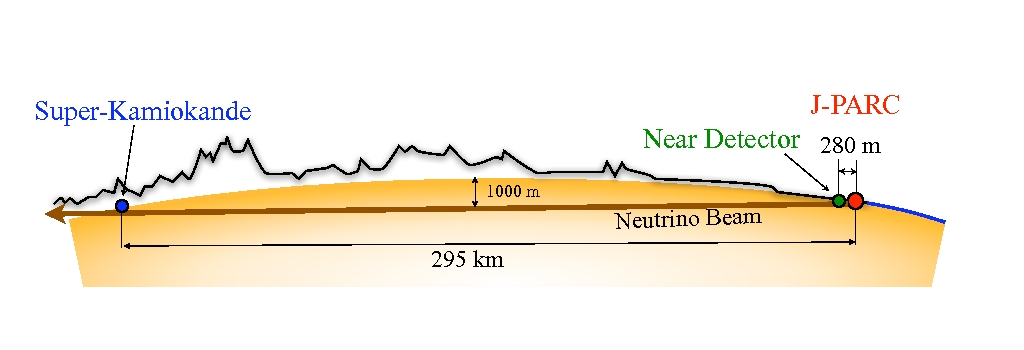
The electron neutrino appearance measurement is particularly important since if appearance is observed, then it will yield a measurement of one of the three neutrino mixing angles (called theta13) that has not yet been measured. If this angle is large, then it will make it possible to look for CP violation in neutrinos. CP violation is believed to be one of the necessary conditions to explain the matter/anti-matter asymmetry in the Universe (i.e. why we are made of matter and not anti-matter when both should have been produced in roughly equal amounts in the Big Bang).
CU Contributions
The neutrino beam is produced when high-energy protons strike a graphite target. This results in many short-lived secondary particles such as pions and kaons. As these particles decay, they produce neutrinos. In order to increase the flux of neutrinos that reach Super-Kamiokande, three magnetic horns are used to focus the secondary pions in the direction of Super-Kamiokande.
Magnetic horns work by running a very large current along the inner surface of the horn, along the beam direction. The current returns in the opposite direction along the outer surface. Particles that enter the region between the inner and outer surface (shown in the above photo) will experience a magnetic field due to the current on the inner surface. This current will push positively charged particles towards the horn axis, focussing them, while negatively charged particles are pushed away.
The second horn was assembled at CU and was installed at J-PARC in July 2009.Click here to watch the video of the second horn installation.
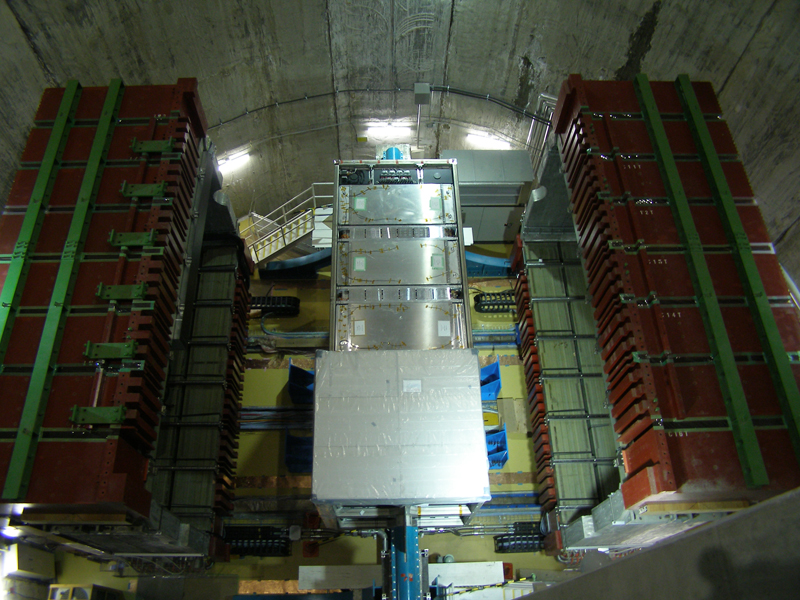
Current Status of T2K
The beamline, near and far detectors are now fully operational, and neutrinos have been observed on the far side of Japan. T2K began taking data in late 2009 and plans to collect data for 5 years. The first physics results were released in 2011. The source of the neutrino beam, the J-PARC facilty, was affected by the Great Eastern Japan Earthquake on March 11, 2011. The accelerator and detector buildings suffered minor damage, but no one was injured. Work is underway to repair the facilities, and we hope to resume data taking by the end of 2011.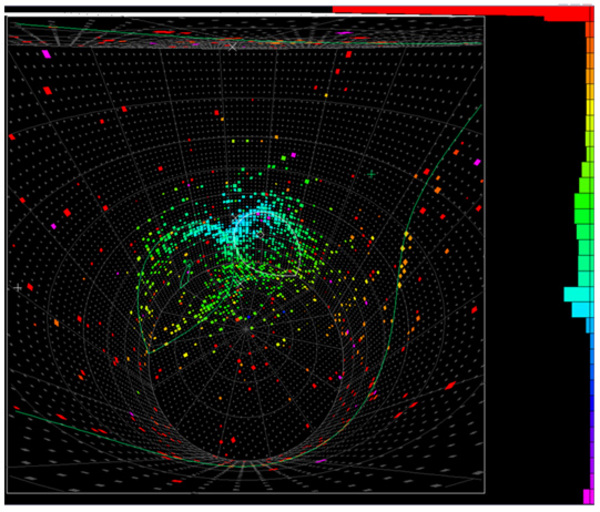
Future Neutrino Projects
Our group is also involved in the proposed Long Baseline Neutrino Experiment. This would send a neutrino beam from Fermilab over 1000 km to a site in the Western U.S. With a more intense neutirno beam and a longer baseline than T2K, LBNE will be more sensitive to the neutrino oscillation parameters and to CP violation among neutrinos.More Information
T2K Links
- Official T2K website
- T2K Letter of Intent (pdf) from 2001
General Purpose Neutrino Links
- Introduction to Neutrinos for the public from the UC Irvine Super-Kamiokande group
- Ultimate Neutrino Page
- Neutrino Oscillation Industry
- History of Neutrinos